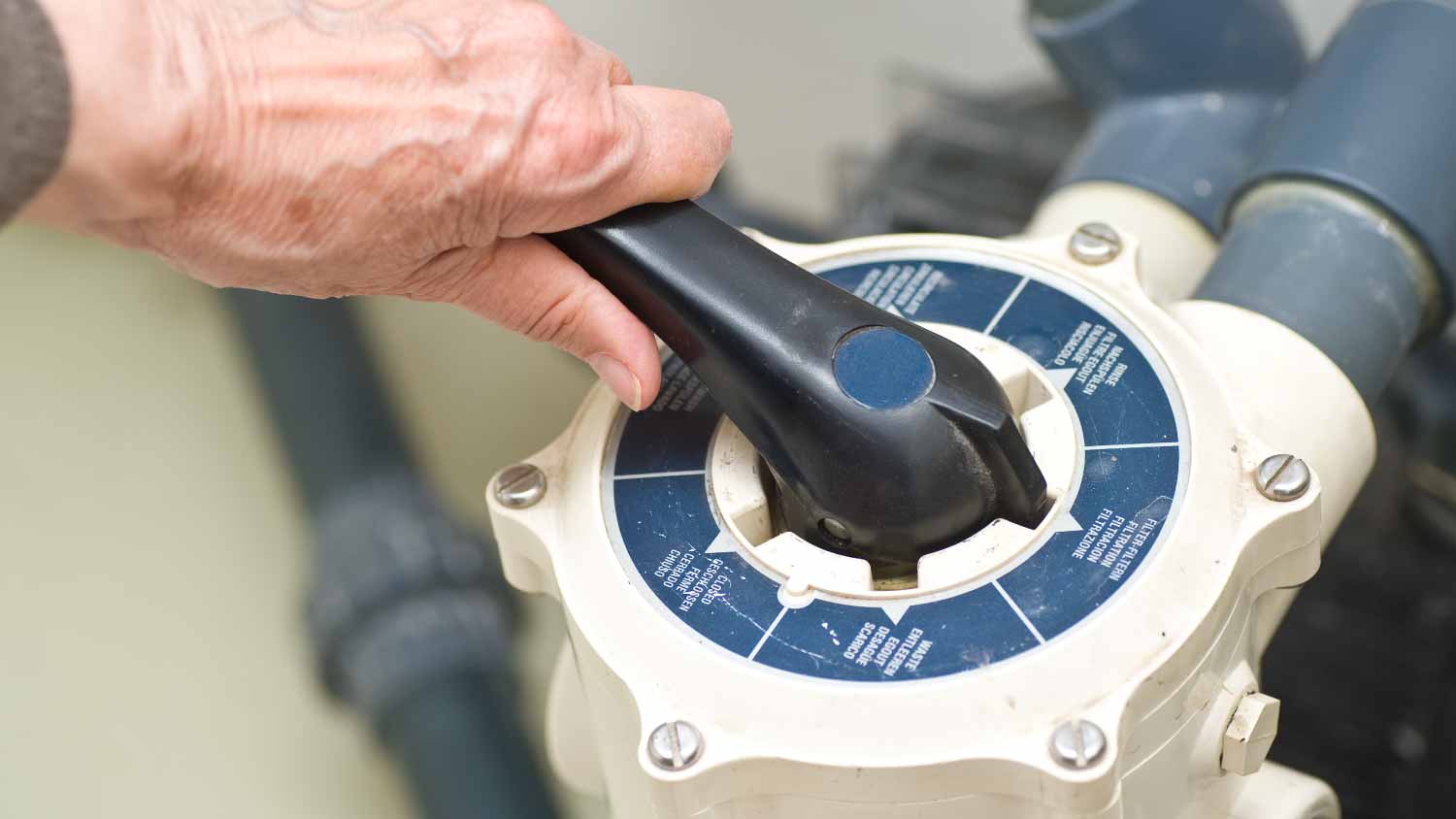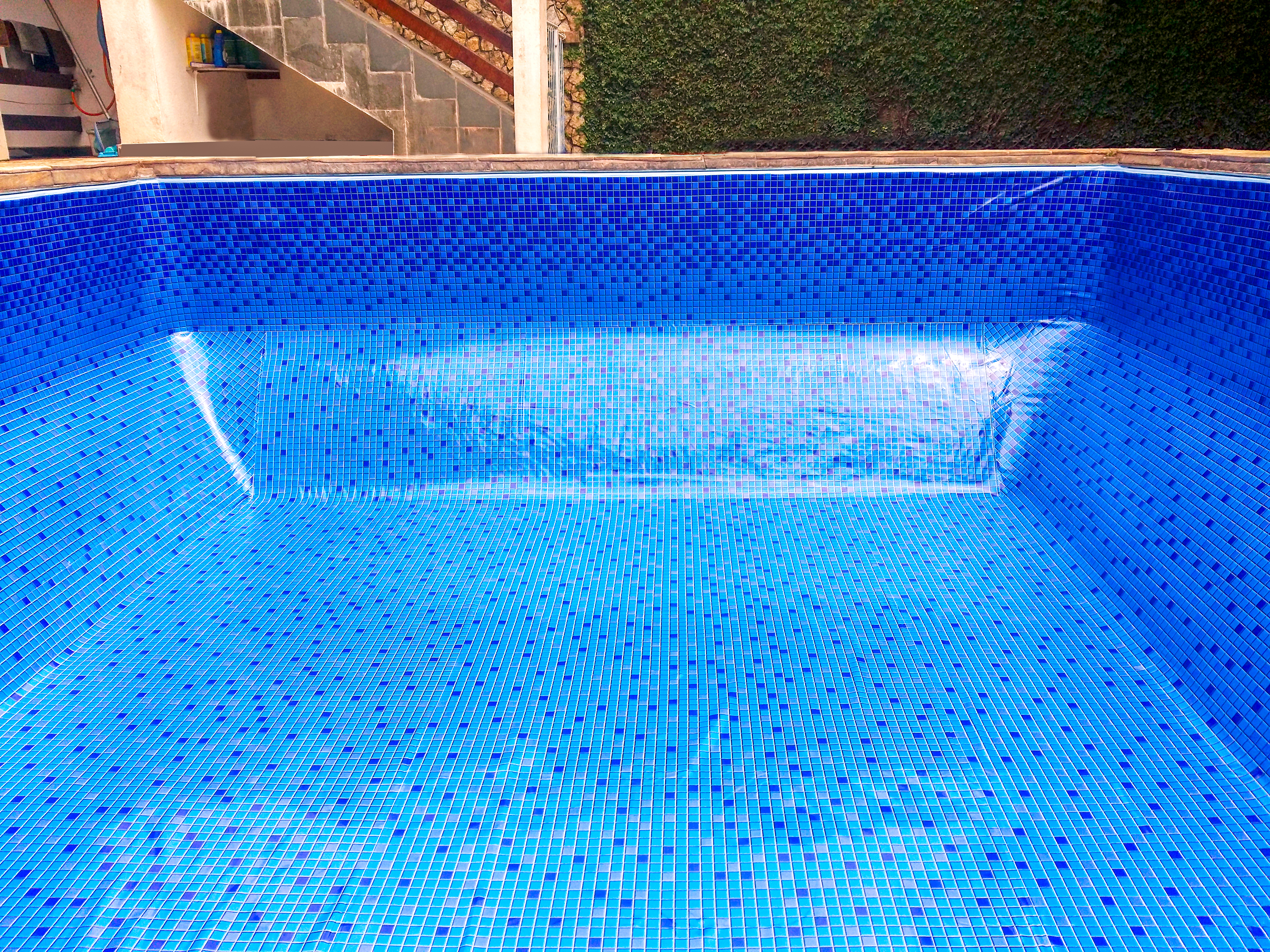
If you’ve been considering installing a new pool in the Buckeye State, this guide will help you understand inground pool costs in Columbus.
Here’s how much your pool will pump out of your wallet each month


The average cost to run a pool pump is $30 to $150 a month.
Operating costs depend on pump type, size, and running time.
Local electricity rates have a big impact on the monthly cost.
Switching to a variable speed pump can save you up to 80%.
While the cost of installing and maintaining a pool may be at the forefront of our minds, many of us rarely consider how our backyard swimming pool will impact our monthly electric bill. Given that pool pumps use a considerable amount of power (between 1,500 and 2,500 watts) and run for at least eight hours a day, they have a significant impact on your home's energy usage. So, what’s the cost to run a pool pump, which is basically the heart of your pool’s water system? Let’s dive into all the cost factors.
The average cost to run a pool pump ranges between $30 and $150 a month, depending on the size and type of the pump, how often you run it each day, and your electricity rate.
You can calculate just how much energy your pool consumes by using information you can find on the pump’s label and making some (fairly) simple math calculations.
Check the label on the side of the pool pump to see if it uses 115 or 230 volts or both (if it's a two-speed pump). You also need to look for the pump’s amp rating, which you can find just below the volt rating on its label.
Multiply the voltage and amp rating together to get the total wattage of the pump, then divide that number by 1,000 to get kilowatts. Finally, multiply that number by the number of hours per day you run the pump. For example, if your pump uses 115 volts and has an amp rating of 18.6, then the kilowatt hour (KWh) rating of the pump would be 2.139 (115x18.6).
Now that you have your pump's KWh rating, multiply that number by the KWh rate listed on your electric bill. If your electric bill rate is 16 cents, which happens to be the national average, you’d pay about $2.74 a day to run the above pump—or about $82 a month.
A variety of factors determine the cost of running a pool pump, including your local electricity rates, the size of the pump, and how long you run it each day.
Perhaps the biggest factor that determines just how much you’ll pay to keep your pump running is one you can’t control—where you live. Someone living in Florida, where rates hover around 16 cents per kilowatt hour, will pay far less to operate a 115-volt single speed pool pump than pool owners in California, where rates are a whopping 30 cents per kilowatt hour. When buying a new pool pump, keep your electricity rate in mind and consider upgrading to a more energy efficient multi-speed pump or Energy Star rated pump if you have high electricity rates.
What type of pump you’re using can have a huge impact on how much electricity it consumes each month. Here are the different types of pumps and their energy use.
Variable Speed Pump: This is the most energy efficient type of pump. Variable speed pumps automatically regulate the amount of power they're using based on the task they’re performing, so they run more efficiently than a single speed pump. The average cost of running a variable speed pump is about $13 per month.
Single Speed Pump: Since single speed pumps can only run at full speed and aren’t able to regulate how much power they use, they cost the most to run. Expect to pay around $50 a month to operate a single speed pump.
Dual Speed Pump: Dual speed pumps come with a high and low speed setting. The low setting is typically for filtering and chlorinating the water, while the high speed setting is for vacuuming and other pool maintenance needs. If you run the pump primarily on a low setting, you’ll spend around $30 per month to operate it.
Keep in mind the pool pump age as well. Pool pumps last on average around 10 years. If your pool pump is nearing that milestone, it may be worthwhile updating it to a more efficient model.
Pool pumps are designed to service different size pools. The larger the pump, the more energy it will consume per hour that it’s running. Here is what you can expect a pump to add to your monthly electric bill based on the size of the pump at the average national electricity rate of 16 cents per KWh.
| Horsepower | Average Monthly Cost |
|---|---|
| 0.75 | $50 |
| 1 | $70 |
| 1.5 | $80 |
| 2 | $90 |
| 2.5 | $100 |
| 4 | $120 |
How long you run your pump directly impacts how much you’ll spend to operate it each month. The general rule of thumb is that your pool pump should cycle all of the water in your pool once a day to keep it sparkling clean. For most setups, that equates to running the pump eight hours a day. However, you may need to run the pump for longer depending on the water quality and type of filter.
Your running time may also depend on the weather. If you live in an area that gets below 35 degrees Fahrenheit, you’ll need to operate a pool pump continuously to avoid frozen pipes in the winter.
Using an example 1 horsepower pool pump, see below what your daily operation cost would be:
| Hours Operated | Average Cost (Summer) | Average Cost (Winter) |
|---|---|---|
| 1 | $0.18 | $0.15 |
| 5 | $0.90 | $0.75 |
| 10 | $1.81 | $1.50 |
| 20 | $3.62 | $3 |

While upgrading to a variable speed pump can dramatically cut the cost of running your pool pump, the expense of a new pump may not be in the budget. Even if you're stuck with the pool pump you got, there are ways to cut energy costs that don’t require an upfront investment.
Run your pump less: You may be using your pump more than you need to. A pool pump should turn over all of the pool’s water once a day, a process that should take about eight hours. Leaving the pump on for longer is unnecessary. Depending on the quality of your filter, you may even be able to operate the pump for less time and still maintain clear water. Experiment with your pool pump by backing off its daily usage until you notice a change in water quality.
Reduce plumbing friction: A pool pump works by pulling water through the pipes that lead to the pool. The twists and turns in pipes all create resistance that forces the pump to work harder to do its job. Upgrading from 1.5-inch pipes to larger 2-inches pipes and rerouting the plumbing to reduce bends will reduce resistance, allowing your pump to work more efficiently.
Add a bigger and better filter: A larger filter not only creates less resistance for the pump to pull water through than a smaller filter, it also does a better job of trapping contaminants, reducing the amount of time you need to run the pump. If you’re in the market for a new filter, consider switching to a model that uses diatomaceous earth (DE). DE is so efficient at removing dirt from water that you won’t have to use your pump as often to clean the pool.
Switch to a variable speed pump: While variable speed pumps are much more expensive than their single speed cousins, they reduce energy consumption by between 50% and 80%, allowing you to make up that money and more on the back end.
Maintain good pool water quality: Keeping an eye on your pool’s chemistry and nipping potential problems in the bud before they become a major issue will keep you from having to run your pump longer to restore its water quality, saving you money. Also, consider using supplementary sanitizer, clarifiers, and enzymes to help sanitize your water, taking pressure off your pump and filter to do all the cleaning. You can call a local pool service to help you keep your water in tip-top shape.
From average costs to expert advice, get all the answers you need to get your job done.

If you’ve been considering installing a new pool in the Buckeye State, this guide will help you understand inground pool costs in Columbus.

Find out the average cost to install a pool filter, including installation, maintenance, and replacement, plus tips on choosing the right filter for your pool.

The cost of pool liner replacement in Columbus depends on the size and shape of your pool, as well as the liner material and type. Here’s how the costs break down.

Hiring the right pro to build your pool is critical for a successful project. Find out what questions to ask pool builders to find the right match.

Not sure what type of pool would suit your yard best? Use this guide on the different styles and designs to maximize appeal and utility.

From soaks to aerobics to cold dips, having a plunge pool offers tons of benefits. Learn everything you need to know about DIY plunge pool ideas and tips.